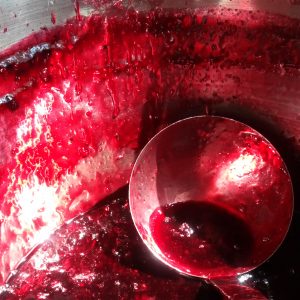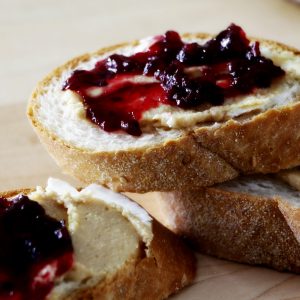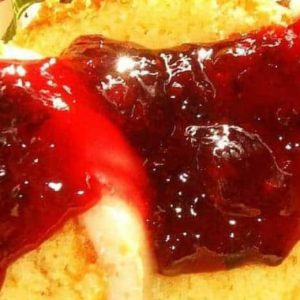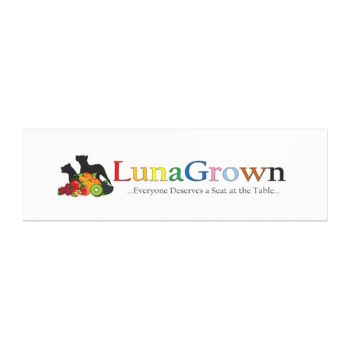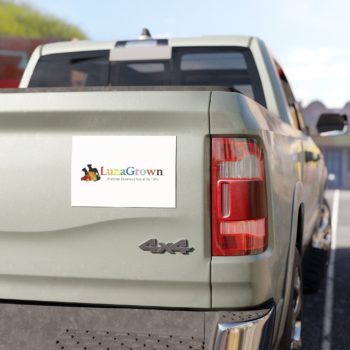Many people often interchangeably use the terms jam, jelly, marmalade, and preserves, not realizing that they each represent a different type of fruit spread. In fact, these four are different in ingredients, preparation methods, texture, and usage. This article aims to explore the differences and unique features of each fruit spread, and provide some suggestions on how to best enjoy them.
Tag: preserves

Jam-in Cookies
These little drops of bliss are easy to make, versatile in flavor, and irresistible in taste. So, go ahead and whip up a batch of these jam-filled treats. Whether you choose to share them with friends and family or keep them all to yourself, one thing is for certain: these delightful drops of happiness will leave you with a heart full of joy and a satisfied sweet tooth.

For Immediate Release-LunaGrown Jams the Internet with Tradition
LunaGrown Jams the Internet with Traditional Favorites
FOR IMMEDIATE RELEASE March 7, 2014Contact: Christopher Wilson, chris@lunagrown.com
We are pleased to announce that LunaGrown is taking a giant leap forward and available for online purchase in the United States.
After two fantastic seasons of unparalleled success, we have decided to take advantage of new opportunities. This year, you will still see your favorite LunaGrown Jams: free from artificial ingredients and additives, full of flavor and a healthy choice in Jam. Our mission to bring you a traditionally made jam product and retain a positive image remain strong. We are proud to begin expanding to cities and towns across America.
With a new year and a new location, LunaGrown will also be making some changes. While our production remains the same, it is our intent to expand our line of traditionally made jams suited to the Nation’s Regional interests. With the availability of LunaGrown online, Americans may once again enjoy the custom of small batch jams in their homes.
We look forward to continuing our great relationship with our local community, farmers, fellow artisans, and all of our fans-with spring just around the corner, we will be in full gear both at the farm and in the kitchen. Everyone at LunaGrown, is committed to making this year’s opportunities memorable.
Our list of local retailers continues to grow and refine itself. We are thankful to the fine artisans that use LunaGrown as part of their production when creating gourmet foods. We are also proud to have so many visionaries support our efforts in bringing tradition back to our homes and families.
For more information, please visit www.LunaGrown.com
We look forward to seeing you at this Summer’s Markets!

Jam, Jelly, Preserves, What’s the Difference
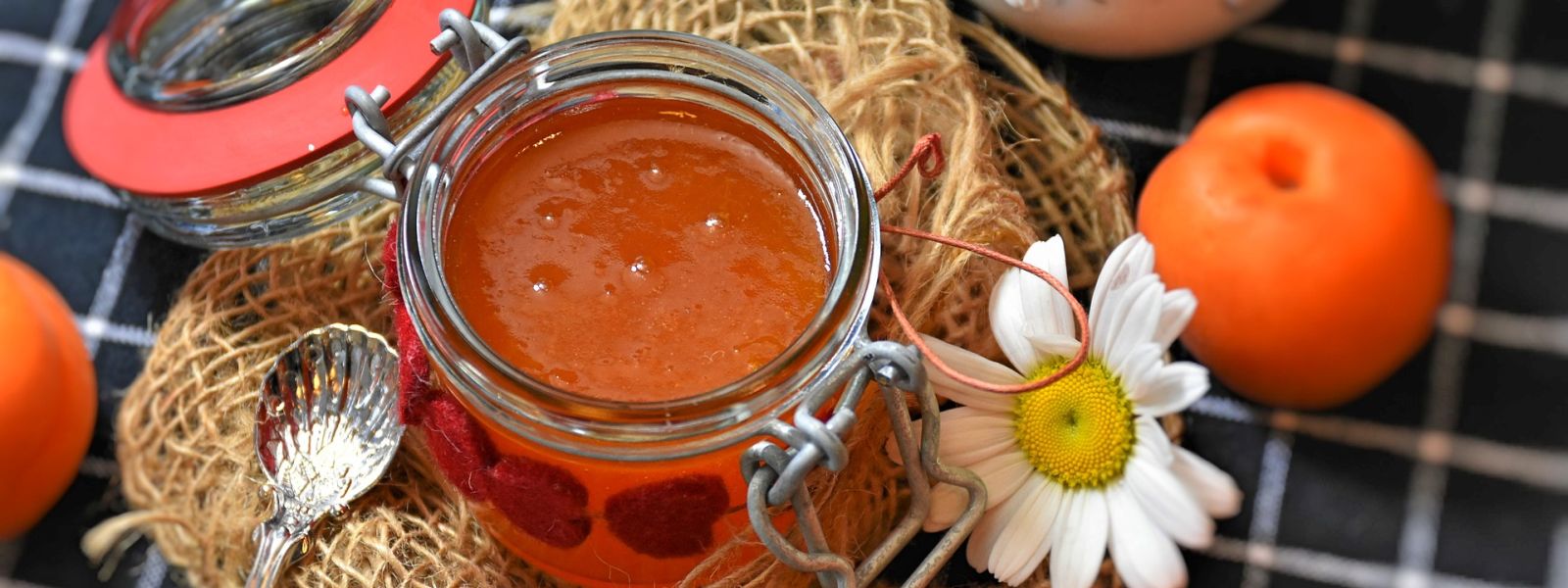
Jam, Jelly, Preserves, What’s the Difference
Jam, jelly, preserves and conserves; fruit spreads and butters and Marmalades, oh my! These are just some of the terms associated with preserved fruit products. It’s a real wonder that something as simple as preserved fruit could be so complicated.
According to convention and common knowledge…
Jelly: Just the juice, nothing but the juice. And sugar. No seeds, whole berries or chunks of fruit. Clear and well-jelled.
Jam: Crushed, puréed or chopped fruit cooked down with sugar. A soft, chunk-free pulp.
Preserve: Chopped or whole fruit cooked with sugar until a syrupy base able to suspend the fruit chunks develops.
Conserve: A preserve made with more than one fruit, often including raisins and nuts. Sometimes a conserve refers to a more thickly-stewed preserve.
Fruit Spread: A recent addition to the jam aisle, fruit spreads began as reduced-calorie products made with alternative sweeteners and fruit juice concentrates.
Fruit Butter: Fruit purées slowly cooked down with sugar, lemon juices and spices to a smooth, soft consistency.
Marmalade: A soft, typically citrus-based jelly. The sweet jelly balances the bitterness of the citrus peels, which are included along with the fruit pulp.
According to the FDA…
In the United States, some jam and jelly related terms are regulated and some are not.
Regulated products and product names include Jam, Preserve, Jelly and Fruit Butter:
This means that products with these names have to conform to certain specifications and recipes. For instance, a product called “Jelly” must contain at least 65 percent water soluble solids (sugar) and must be made with fruit juices or concentrates. “Preserves” and “Jams” (interchangeable FDA terms), must contain at least 65 percent sugar and 45 percent fruit. If a product does not meet these requirements, it must be called by another name. For example, some Fruit Spreads are only 44 percent sugar, so the cannot be labeled “Jams” or “Preserves.”
A Matter of Sugar: One of the defining specifications for jams and related products is the total sugar content. This includes the sugar present in the fruit and the sugar added through cane sugar or concentrates and syrups. This is often referred to as “soluble solids” or “Brix.” For example, if 10 grams of sugar are added to 90 grams of water, the resulting 100 grams of sugar solution are said to have a Brix of 10 or a soluble solids content of 10% (i.e. 10% sugar by weight). Similarly, a fruit preserve should have a Brix measurement of 65 (or 65% sugar by weight = 65 grams of sugar in 100 grams of preserve).
More on sugar:
CANE SUGAR vs. GRAPE JUICE CONCENTRATE
Organic cane sugar is obtained from the juice of a sugar cane plant. The sugarcane is harvested and once the plant juice is pressed out of the stalks and heated to a boil, the resulting syrup is then processed into granular sugar. Granulated organic cane sugar contains about 99.6 percent sugar. Similarly, grape juice concentrate is made from the juice of white grapes which have been pressed. Once the pressed juice is boiled to evaporate the remaining water, the resulting syrup contains 68 -70 percent sugars.
SUCROSE, FRUCTOSE, GLUCOSE
Organic cane sugar consists primarily of sucrose. Sucrose, in turn is made of one half glucose and one half fructose – two molecules stuck together. When cane sugar is heated during the process of making a conserve, almost all of the sucrose splits apart into single molecules of fructose and glucose. White grape concentrate consists mainly of a mixture of fructose and glucose, and this does not change during the cooking process. Ultimately, this means that the 44 percent soluble solids content in both conserves and spreads is made of virtually the same amount and kinds of sugars!

Goodness In Seeds 🔊
Quite often people ask if LunaGrown Jam’s contain the seeds or skins of the fruits used. The answer is always Yes, whenever possible.
Realizing that some need to avoid seeds due to diverticulitis, and others may have ill fitting dentures which can be troublesome. To these folks we offer a variety which does not contain seeds such as Apple, Mango or other stone fruit varieties.


